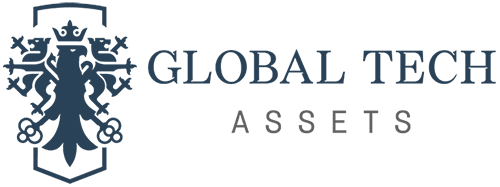
Unveiling the Right Deal Structure for the Ideal Buyer of Your Small Business
In the intricate landscape of mergers and acquisitions (M&A), understanding the ideal buyer for your small business is pivotal. This article delves into the nuanced process of identifying the perfect match for your venture, particularly focusing on small business owners with commendable turnovers. In short, putting together the right deal structure.
1. Defining Your Business's Unique Value Proposition
To uncover the ideal buyer, start by articulating your business’s unique value proposition. What sets it apart in the market? This could range from a niche product or service to a robust customer base. Clearly defining this aspect lays the foundation for targeting buyers who align with your business’s strengths.
2. Identifying Industry Synergies
Explore potential buyers within your industry who can benefit from synergies with your business. Look for companies that complement your offerings or possess resources that could enhance your operations. This strategy not only streamlines the acquisition process but also ensures a smoother integration.
3. Analysing Financial Compatibility
Evaluate the financial health of prospective buyers. While a buyer with a strong financial position may seem appealing, it’s crucial to assess their compatibility with your business’s financial structure. A harmonious financial fit minimizes disruptions and fosters a more seamless transition.
4. Understanding Cultural Alignment
The cultural fit between your business and the potential buyer is often underestimated but holds immense importance. Assess shared values, work ethics, and organizational cultures to ensure a smooth transition for employees and stakeholders.
5. Targeting Small Business Owners with Growth Mindset
Zoom in on small business owners with a growth mindset. Seek buyers who are not just interested in acquiring your business but are also committed to fostering its growth. A shared vision for the future ensures that your legacy continues to evolve positively under new ownership.
6. Leveraging Professional Advisors for a Good Deal Structure
Engage seasoned professionals, such as financial advisors and M&A consultants, to navigate the complexities of identifying the ideal buyer. Their expertise can provide valuable insights into market trends, potential buyers, and negotiation strategies.
6a. CAUTION: A word about BUSINESS BROKERS
We must note, however, that there is one set of professionals to avoid in this situation: business brokers. Ulterior motives and questionable tactics abound with these kinds of experts. Namely, their line of work presents several conflicts of interest. There’s also a limited resource pool for them to tap into and a lack of real insider expertise.
Best to avoid them altogether.
7. Crafting a Comprehensive Information Memorandum
Develop a detailed Information Memorandum that highlights the key aspects of your business. This document serves as a powerful tool for attracting potential buyers and provides them with a comprehensive understanding of the opportunities associated with acquiring your business.
8. Utilise Online Platforms and Networks to Construct The Deal Structure
Tap into online platforms and industry networks to reach a broader audience. Utilise business-for-sale websites, industry forums, and social media to showcase your business to potential buyers actively seeking acquisition opportunities.
9. Evaluating Strategic Buyers vs. Financial Investors
Distinguish between strategic buyers and financial investors. Strategic buyers, typically existing companies within your industry, may place a higher value on synergies, while financial investors might prioritize return on investment. Understanding this difference helps align your preferences with potential buyers.
10. Establishing Clear Deal Terms and Conditions
Transparent communication is key in M&A transactions. Establish clear deal terms and conditions upfront to avoid misunderstandings later in the process. This includes outlining the purchase price, payment structure, and any post-acquisition commitments.
In the dynamic realm of mergers and acquisitions, identifying the ideal buyer for your small business demands a strategic approach. From defining your unique value proposition to evaluating cultural alignment and financial compatibility, each step plays a crucial role in securing a successful transition.
By navigating this process with diligence and leveraging professional guidance, you pave the way for a mutually beneficial deal that propels your business legacy forward.
